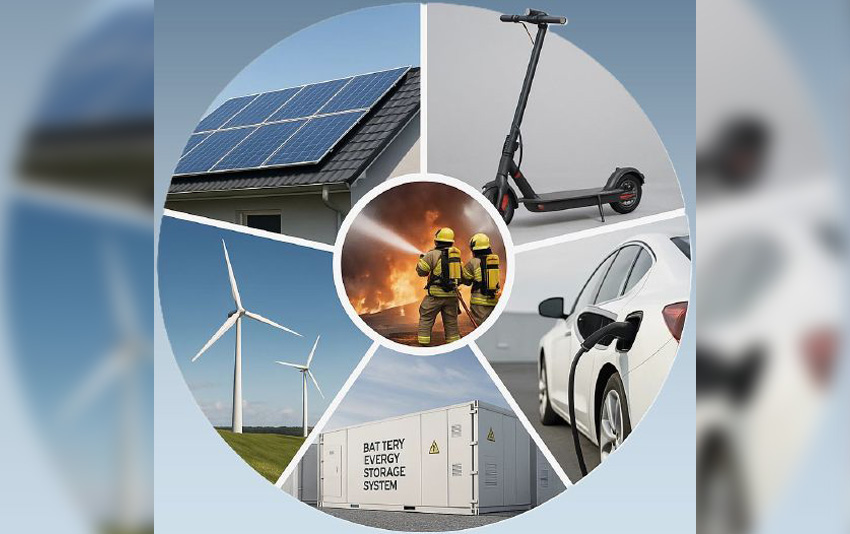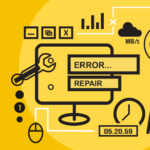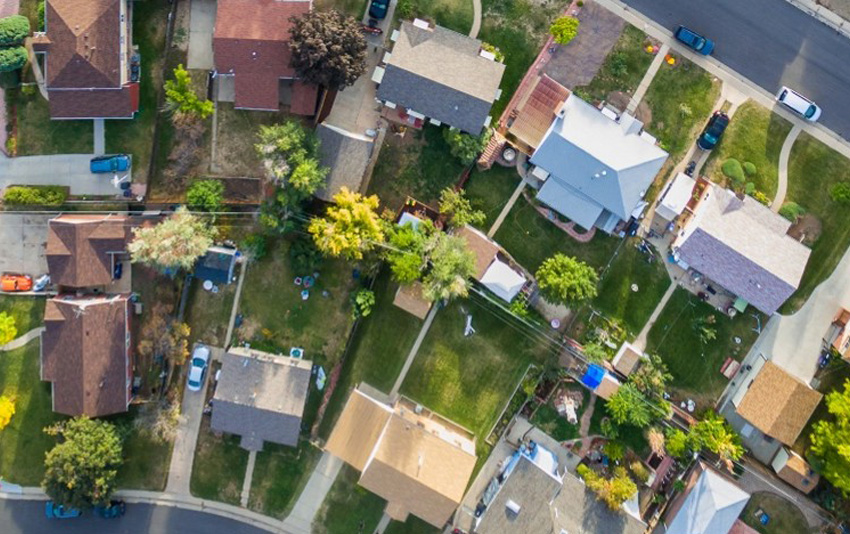The United States is experiencing an ongoing surge in the implementation of clean energy infrastructure – from electric vehicles (EVs) on the streets to battery energy storage systems (BESS) at industrial facilities to solar panels on homes – driven by an insatiable demand for power from sectors like data centers, and a need to meet rising sustainability requirements.
These various clean energy innovations deliver great benefits in terms of reducing greenhouse gas emissions, but care must be taken to ensure their safe operation, especially with regard to the potential for fire. Fortunately the incidence of safety incidents for EVs, BESSs, and solar/wind power generation remains very low, but when a fire does occur it can be especially difficult to handle. For example, the fires that result from lithium-ion battery failures burn extremely hot and are very difficult to extinguish.
Most fire departments are relatively inexperienced at dealing with energy-related fire hazards, and require new guidance and tools. Based on Washington CORE’s interviews with leading firefighting experts, this article explores how the U.S. firefighting community is rising to this challenge to help develop new tools, standards and best practices.








